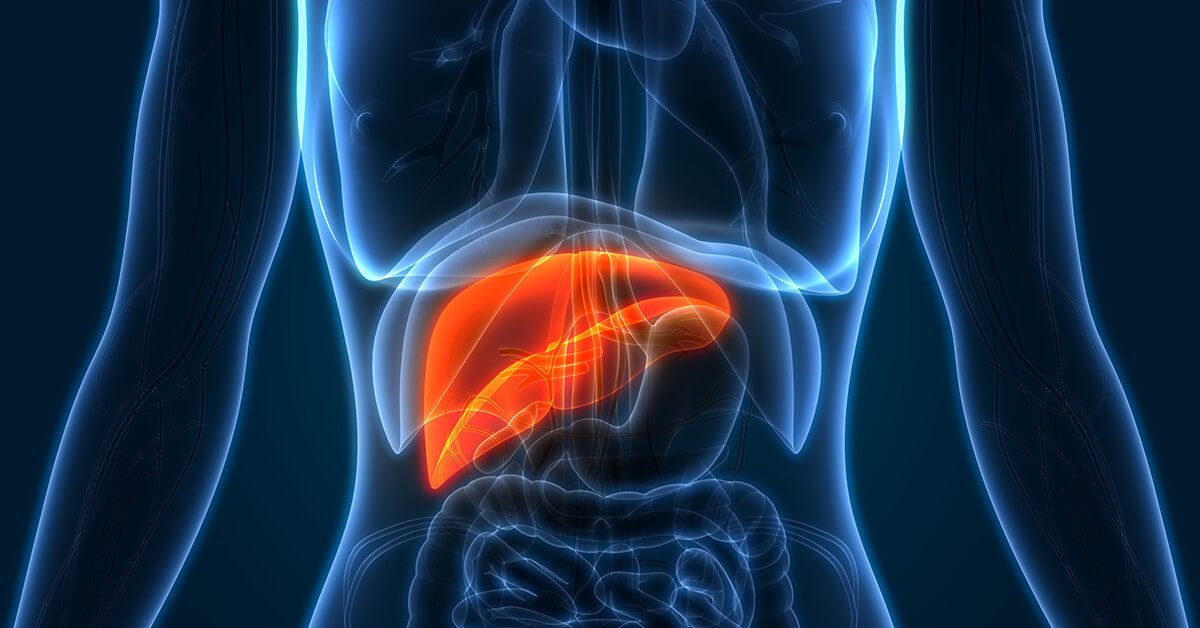
Fatty Liver Disease: What Everyone Should Know
-
You likely already know about the link between excess alcohol consumption and severe liver diseases. But many people don’t realize that fatty liver disease—and the complications that can come with it—isn’t always fueled by alcohol.
Between 30% and 40% of U.S. adults have nonalcoholic fatty liver disease (NAFLD), a buildup of excess fat in the liver that can greatly raise your risk of developing liver cancer. Unlike other liver diseases, NAFLD doesn’t develop from drinking too much alcohol.
“The condition is closely associated with high cholesterol, type 2 diabetes, high blood pressure, and having a body mass index (BMI) over 30,” explained Minhhuyen T. Nguyen, MD, AGAF, FACP, a gastroenterologist at Fox Chase Cancer Center.
Occasionally, NAFLD can cause symptoms like fatigue, nausea, abdominal pain, abdominal or leg swelling, or jaundice. But most people with the condition don’t know they have it—setting the stage for a slowly worsening liver function that can lead to inflammation, scarring, cirrhosis, liver cancer, and/or liver failure.
“The liver gets to the point where it’s moderately or severely damaged or scarred,” Nguyen said. “It’s trying to make repairs, but it’s outgunned and makes mistakes on the cellular level. That’s when you can develop cancer.”
How NAFLD Is Diagnosed
NAFLD is usually first detected through blood tests that check for higher than normal liver enzymes. Your doctor may order one of the following tests if you have a risk factor for fatty liver disease, including:
- Being overweight or obese
- Type 2 diabetes
- High cholesterol or high triglycerides
- High blood pressure
- High distribution of weight around your abdomen
Elevated liver enzymes might warrant imaging tests like an ultrasound, MRI, or CT scan to check for fat buildup in your liver. You’ll need close monitoring if the scans show excessive buildup or signs of inflammation, scarring, or cirrhosis.
“We’ll do intense surveillance for liver cancer in patients with significant liver scarring. This includes an ultrasound every six months,” Nguyen said. “If liver cancer is suspected, further testing will be needed to confirm the diagnosis.”
Reversing Course
At this time, there aren’t any medications for treating fatty liver disease, and one of the best ways to improve the condition is to stop drinking alcohol. But there’s good news: Even severe damage from fatty liver disease can be reversed significantly.
In NAFLD, “when people lose more than 10% of their body weight, the scarring decreases,” Nguyen said. “Even with losing 5%, the levels of fat in the liver decrease.”
In fact, weight management and healthy lifestyle habits are the best ways to prevent fatty liver disease or ease the effects of liver damage that has already occurred. These include:
- Eating a healthy diet rich in fruits, vegetables, whole grains, and low-fat dairy as well as limiting your consumption of processed or sugary foods and drinks
- Paying attention to your portion sizes
- Cutting back on drinking alcohol or cutting it out altogether
- Getting 30 to 60 minutes of exercise most days
- Talking to your doctor about taking vitamin E supplements
- Keeping your blood sugar levels under control, especially if you have diabetes
- Drinking up to three small cups of regular coffee daily
Best of all, most of these habits won’t just protect your liver. They’ll protect your health from head to toe and will play a role in reducing your cancer risk overall.
